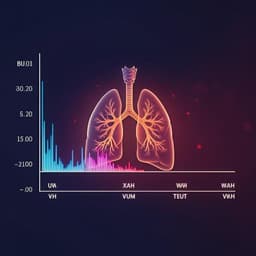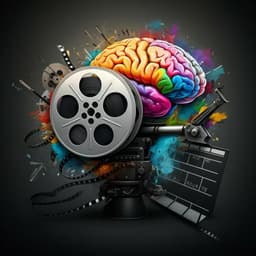
Psychology
Impact of technical reasoning and theory of mind on cumulative technological culture: insights from a model of micro-societies
A. Bluet, F. Osiurak, et al.
Discover groundbreaking insights into the cognitive foundations of cumulative technological culture (CTC) through the innovative model blending technical reasoning and theory of mind. This research, conducted by Alexandre Bluet, François Osiurak, Nicolas Claidière, and Emanuelle Reynaud, reveals the essential role of technical reasoning in technology's evolution, while questioning the necessity of theory of mind for CTC's emergence.
~3 min • Beginner • English
Related Publications
Explore these studies to deepen your understanding of the subject.







